Birdwatching, also known as birding, offers a fascinating window into the natural world. Whether you’re a casual observer or a dedicated enthusiast, understanding the language used in the hobby can really enhance the experience. This birdwatching glossary provides a clear and organized list of essential terms, helping both beginners and seasoned birders improve their identification skills and communication. From basics like “field marks” to more specific terms such as “moult” and “passerine,” it covers the vocabulary needed to fully enjoy the art and science of birding. Designed to be accessible and easy to use, this glossary supports anyone looking to deepen their knowledge, connect with the birding community, and make the most of every trip into the wild.
Birdwatching Glossary: Common Terms Every Birder Should Know
Before diving into the list, this birdwatching glossary offers helpful context for understanding how these terms are used in the field.
Birdwatching comes with its own set of common terms that every enthusiast should know. These words help in describing sightings, behaviours, and interactions in a clear and concise manner. Mastering them builds confidence and encourages better communication within the birding community. Here are some key categories and examples often encountered:
- Birder: A person who actively observes and studies birds.
- Twitcher: Someone who travels long distances specifically to see a rare bird.
- Field Marks: Distinctive features, such as plumage patterns or bill shape, used to identify species.
- Lifer: A bird species observed for the first time by an individual birder.
- Checklist: A list maintained to record all bird species observed.
Understanding these terms not only enriches one’s outings but also fosters a deeper appreciation for the subtleties of birdwatching. It forms the foundation upon which further expertise is built.
Basic Terminology Every Birder Should Know
To fully engage with the birdwatching community, mastering basic terminology is essential. Here are some important phrases explained:
- Plumage: Refers to the feathers covering a bird’s body, often seasonal or age-dependent.
- Fledgling: A young bird that has just acquired its feathers and is learning to fly.
- Song: A complex vocalisation, usually associated with mating and territorial behaviour.
- Call: A simpler vocalisation used for communication, such as alarms or keeping flocks together.
- Range: The geographical area where a species regularly occurs.
By familiarising oneself with these essential terms, birdwatchers can more accurately describe observations and deepen their involvement in this rewarding hobby. Each term in this section plays a key role in the broader birdwatching glossary that helps standardise communication among birders.
Bird Identification Terms from the Birdwatching Glossary
Accurate identification is a fundamental skill in birdwatching, requiring knowledge of specialised vocabulary. Birders rely on specific terms to describe characteristics and behaviours that distinguish one species from another. Mastering this glossary not only sharpens observation skills but also enables clearer communication when reporting sightings. Important identification aspects include:
- Field Guide: A manual or book featuring descriptions and images to assist in identifying bird species.
- Morph: A variation in colour or form among individuals of the same species.
- Flight Pattern: The distinctive manner in which a bird flies, aiding in species recognition.
- Crest: A tuft of feathers on the head, often used in species identification.
- Underparts: Refers to the underside of a bird, including the chest, belly, and vent.
By developing an understanding of these terms, birdwatchers enhance their ability to pinpoint species confidently during outings.
Key Features for Spotting and Naming Birds
Spotting and accurately naming birds involves careful attention to physical traits and behaviours. Some essential features to observe include:
- Bill Shape: Different species have unique bill shapes suited to their diets, such as the hooked beak of raptors or the slender beak of hummingbirds.
- Wing Bars: Light-coloured lines across the wings, useful for distinguishing similar species.
- Eye Ring: A ring of colour around the bird’s eye, often critical for identification.
- Leg Colour: The hue of a bird’s legs can help differentiate between species with similar plumage.
- Tail Shape: Variations such as forked, rounded, or square tails aid in field identification.
By methodically examining these features, birders can dramatically improve their accuracy and deepen their appreciation for the remarkable diversity among avian species.
Equipment and Gear Terms
Proper equipment enhances the birdwatching experience, and understanding these items is just as important as learning species from a birdwatching glossary. Understanding the terminology associated with gear ensures that birders select tools suited to their needs and conditions. Essential equipment-related terms include:
- Binoculars: Optical instruments essential for close-up views; specifications like 8×42 indicate magnification and lens diameter.
- Spotting Scope: A powerful, portable telescope often used for long-distance birding, especially in open landscapes.
- Field Bag: A lightweight bag used to carry field guides, notebooks, and essential supplies.
- Tripod: A three-legged stand to stabilise spotting scopes or cameras, reducing hand tremors.
- Weatherproof Clothing: Essential apparel designed to withstand various environmental conditions, ensuring comfort during extended outings.
Selecting the appropriate gear based on these terms enables birders to maximise comfort and success in diverse habitats.
Understanding Tools Used in Birdwatching
Each piece of birdwatching equipment serves a distinct purpose. Knowing these tools and their functions is crucial:
- Lens Coating: Special treatments applied to binocular and scope lenses to improve image brightness and clarity.
- Harness: A strap system that distributes the weight of binoculars across the shoulders to prevent neck strain.
- Rangefinder: A device used to measure the distance to an observed bird, useful for estimating flight distances or territory ranges.
- Camouflage Gear: Clothing or coverings that help blend into surroundings, reducing the chance of disturbing birds.
- Recording Equipment: Audio devices used to capture bird songs and calls for later identification.
Familiarity with these tools not only improves birdwatching efficiency but also enriches the overall experience by enabling longer, more productive outings in varying conditions.
Habitat and Behaviour Vocabulary
Understanding bird habitats and behaviours is vital for successful birdwatching. Specific vocabulary helps birders describe locations, habits, and movements accurately, leading to better field notes and communication with fellow enthusiasts. Key terms in this area include:
- Riparian Zone: The interface between land and a river or stream, often rich in bird species.
- Canopy: The upper layer of a forest, where many birds, particularly songbirds, are observed.
- Migratory Pathway: Routes regularly followed by birds during seasonal migration.
- Territorial Display: Behaviours exhibited to claim or defend territory, such as singing or posturing.
- Courtship Ritual: Specific actions performed to attract a mate, including dances, songs, or nest building.
Familiarity with habitat and behaviour terms enhances a birder’s ability to predict where and when to find different species.
How to Describe Bird Environments and Actions
Describing a bird’s environment and its actions with precision greatly aids in field reporting and species identification. Important descriptive concepts include:
- Foraging Behaviour: Methods birds use to locate and capture food, varying by species and habitat.
- Perch: A resting place, typically a branch or similar elevated structure, used for resting or hunting.
- Waterfowl Habitat: Wetland areas that support ducks, geese, and related species, characterised by shallow water and aquatic plants.
- Roosting Site: A place where birds congregate to rest overnight, often involving safety in numbers.
- Flight Formation: Patterns in which birds fly together, such as the well-known V-formation of geese.
Accurately using these terms allows birders to create detailed records, share observations effectively, and better anticipate bird behaviours in different environmental contexts.
Advanced Birdwatching Terminology
For those seeking to elevate their birdwatching expertise, familiarity with advanced terminology is indispensable. These advanced entries in the birdwatching glossary help birders engage in deeper study and contribute to ornithological data collection. Expanding vocabulary at this level deepens understanding and opens doors to more detailed discussions and research. Essential advanced terms include:
- Phenology: The study of seasonal natural phenomena, such as migration timing in birds.
- Speciation: The evolutionary process by which populations evolve to become distinct species.
- Vagrancy: The occurrence of a bird outside its expected geographical range, often due to weather or disorientation.
- Morphological Features: Detailed physical characteristics used in fine-grained species identification.
- Endemism: The condition of being native to a particular geographic area and found nowhere else.
Mastering these advanced concepts allows birders to participate in scientific monitoring programmes and contribute valuable data to ornithological studies.
Expanding Your Vocabulary for Professional Birding
Becoming proficient with advanced birding language enhances professional engagement and research capabilities. Some further important concepts include:
- Post-Breeding Dispersal: The movement of young birds away from their birthplace after the breeding season.
- Subspecies: A taxonomic category ranking below species, often reflecting slight variations adapted to different environments.
- Eclipse Plumage: A temporary, dull plumage assumed by some male birds after the breeding season.
- Primary Feathers: The longest feathers on a bird’s wing, crucial for powered flight and often key in species identification.
- Nocturnal Migration: The phenomenon of birds migrating predominantly during nighttime hours to avoid predators and daytime heat.
Using precise, advanced terminology not only strengthens fieldwork quality but also integrates birdwatchers more deeply into professional and conservation-focused communities.
Conclusion
Mastering the terminology associated with birdwatching is a significant step towards becoming a more skilled and confident observer. From foundational concepts like “field marks” and “plumage” to more advanced notions such as “phenology” and “vagrancy,” a strong vocabulary enriches every aspect of the birding experience. It enhances communication within the birdwatching community, sharpens identification skills, and deepens the connection to the natural world. By investing time in learning and applying these terms, birders at all levels can maximise their enjoyment, contribute valuable observations to scientific efforts, and inspire others to explore the diverse and fascinating lives of birds. Whether one is just beginning or advancing towards professional expertise, a firm grasp of birdwatching language forms the bedrock of a rewarding lifelong pursuit. Whether one is just beginning or advancing towards professional expertise, a firm grasp of birdwatching language—and regular reference to a birdwatching glossary—forms the bedrock of a rewarding lifelong pursuit.
FAQs
What is the difference between a birder and a twitcher?
Answer: A birder actively observes birds for enjoyment or study, while a twitcher specifically seeks out rare birds, often travelling long distances to spot them.
Why are field marks important in bird identification?
Answer: Field marks, such as colour patterns or distinctive features, allow birders to quickly and accurately identify different species during observations.
What equipment is most essential for beginner birdwatchers?
Answer: Essential gear includes binoculars with a comfortable magnification, a field guide suited to the region, and a notebook for recording sightings.
How does understanding habitat vocabulary help in birdwatching?
Answer: Knowing terms like “riparian zone” or “canopy” helps birders predict where specific birds are likely to be found based on their preferred environments.
What are primary feathers and why are they significant?
Answer: Primary feathers are the main flight feathers on a bird’s wing; they are critical for flight and often provide clues for species identification.

